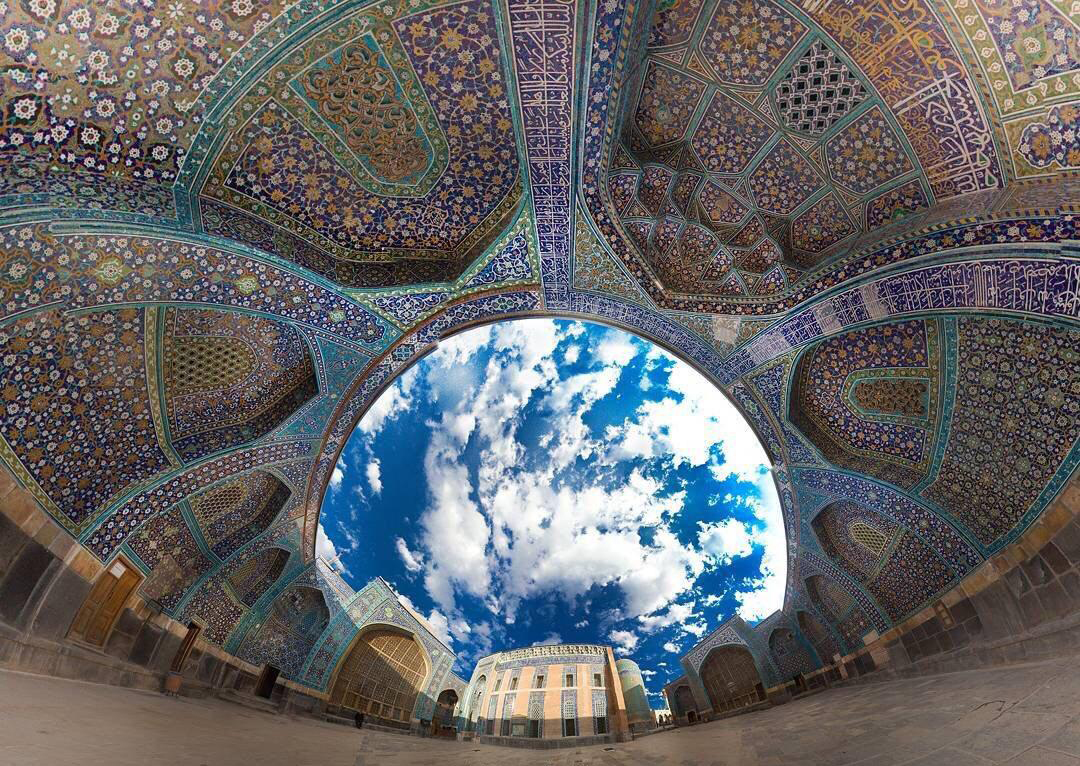Majlis Jumeirah Grand Mosque in Dubai is holding a photo exhibition celebrating the world’s most beautiful mosques.
Dubbed “Mosques of the World,” the exhibit features works of 32 photographers from 15 countries and focuses on the architecture and spiritual beauty of the places where Muslims worship.
One of the works on show is a photo of Sheikh Safi al-Din Ardebili Mosque in the northwest Iranian city of Ardebil, captured by Iranian photographer Fayaz Bahram.
The exhibit opened on August 19 coinciding with the annual hajj season (August 19-24) and the international photographers’ day, and will run through the end of October, ISNA reported.
The photos on display are from a selection submitted to the HIPA Instagram Photo Contest (The Hamdan bin Mohammed bin Rashid Al Maktoum International Photography Award). Five winners were announced for the competition in July and Bahram picked up the “People’s Choice Award” for receiving the most number of likes for his winning photo (6,735 Likes). Other winners were from Saudi Arabia (two winners), Turkey and Lebanon.
Great Appeal
“The submitted photographs were inspiring and highlighted a wide array of Islamic architecture found around the world while also underlining the photogenic serenity and appeal of these places of worship,” Emirates247.com quoted secretary general of HIPA, Ali bin Thalith.
Bahram’s winning photo is the result of blending 56 shots taken with a 24-105mm lens.
Sheikh Safi al-Din mosque is part of Sheikh Safi al-Din Khanqah (convent) and Shrine Ensemble which is a Sufi spiritual retreat from the early 16th century and late 18th century.
It is the burial place of Safi al-Din Ardebili (1252-1334), the eponymous founder of the Safavid order of Sufism. The shrine was an important pilgrimage site throughout the Safavid period (1501-1722) and underwent improvements and embellishments to become one of the most beautiful of all Safavid monuments.
Tomb of Shah Esmaeel
It was the largest and most complete khanqah and the most prominent Sufi shrine that is home to the tomb of Shah Esmaeel, the founder of the Safavid Dynasty who was an important Sufi master.
The place uses Iranian traditional architectural forms to maximize use of available space to accommodate a variety of functions, including a library, a mosque, a school, mausoleum, a cistern, a hospital, kitchens, a bakery and a number of offices.
It incorporates a route to reach the shrine of the sheikh, divided into seven segments which mirror the seven phases of Sufi mysticism, separated by eight gates that represent eight principal practices in Sufi training that facilitate the journey of self-knowledge: remembrance, meditation, awakening, longing, silence, fasting, solitude and servitude.
The ensemble includes well-preserved and richly ornamented facades and interiors, with a remarkable collection of artifacts
Sheikh Safi al-Din Khanqah and Shrine Ensemble was registered on the UNESCO World Heritage List in 2010.


